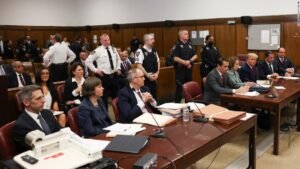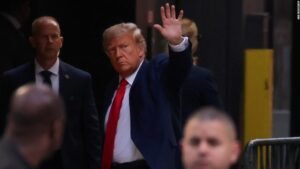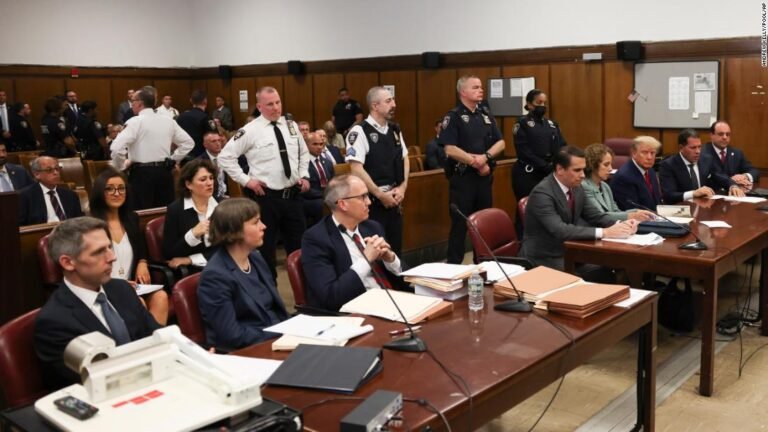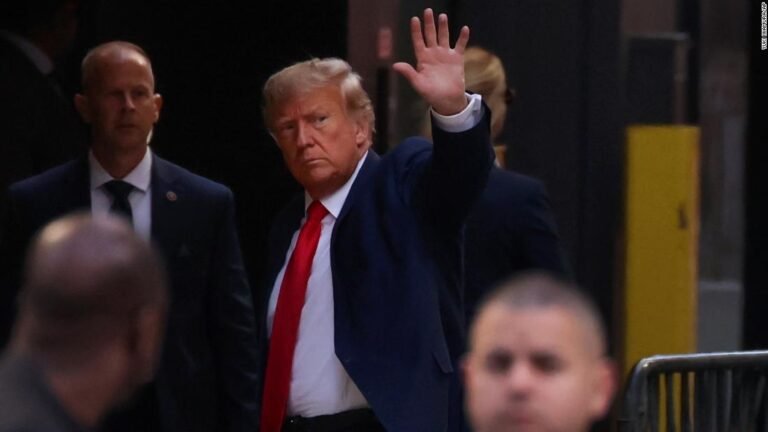Judge Voids Funding Freeze: What This Means and Why It Matters
A federal judge has officially voided a funding freeze that was causing headaches across multiple government projects. In plain English, the pause butthttp://www.news4jax.comon that was slapped on federal funds is now switched off, and the money can finally flow again.
This decision didn’t just affect a few offices with dusty paperwork. The freeze had stalled community programs, infrastructure projects, and even research grants that were waiting to hit the road running. Now, with the judge’s ruling, agencies and organizations are breathing a sigh of relief. Some even joked that it feels like payday after months of waiting.
Why the Freeze Happened in the First Place
The funding freeze wasn’t just a random pause. It came after political clashes over how federal money was being used. Critics argued that funds were being delayed for political leverage, while supporters claimed it was necessary to review spending priorities.
But here’s the thing: when the government freezes money, it’s not like freezing your leftover pizza to save it for later. The projects depending on those funds don’t just sit there waiting politely—they stall, people lose work opportunities, and deadlines get missed.
In this case, the freeze hit everything from state-level development projects to research universities. Imagine telling scientists working on climate research or medical studies, “Hey, just wait until Washington figures this out.” That’s not exactly the kind of motivation they signed up for.
The Judge’s Decision
The judge didn’t just casually toss the freeze out the window. The ruling was based on the fact that federal agencies can’t just hold back approved funds without clear legal authority. If Congress allocates money, the executive branch can’t play keep-away.
In legal terms, it was about separation of powers. In everyday terms, it was about common sense: you don’t promise funds and then leave everyone hanging.
The court also highlighted how the freeze was hurting local communities and creating unnecessary chaos in budgets. Cities and states were left scrambling, unsure if the money they had planned for roads, schools, and healthcare would ever arrive.
The Reactions
As expected, the ruling triggered a storm of reactions.
Local leaders welcomed the move, saying it gives them the green light to finally move ahead with pending projects. One mayor even joked, “Now I can stop explaining to residents why our new bridge is still a drawing on paper.”
Advocacy groups called it a victory for fairness and accountability, arguing that government money should serve people, not politics.
Critics, however, weren’t too happy. Some said the freeze was necessary to prevent wasteful spending and that the ruling could weaken oversight.
But overall, the buzz across the country leaned positive. After all, nobody likes waiting for something that was already promised.
What This Means for You
Let’s be honest—you might not care much about federal rulings unless they affect your daily life. But this one actually does. When funding freezes happen, it trickles down to the local level:
That highway project you complain about during rush hour? Delayed.
That research program aiming to improve healthcare? Stuck.
That job program your cousin applied for? On hold.
Now, with the freeze voided, these initiatives can start moving again. It’s not instant magic, but it’s progress.
A Bit of Humor in a Serious Moment
Government rulings aren’t usually the stuff of comedy, but sometimes the situation writes its own punchlines. For months, people joked that the freeze turned into the “funding freeze challenge”—a contest to see who could wait the longest without losing patience. Spoiler: nobody won.
One analyst even quipped, “It felt like the government’s Netflix subscription expired mid-series, and we were all left on a cliffhanger.”
Final Thoughts
The judge’s decision to void the funding freeze is more than just a legal headline—it’s a reminder of how government decisions ripple through everyday life. It shows how checks and balances still matter in keeping things fair and how money, when locked up, doesn’t just sit quietly—it creates real problems.
For communities, universities, and everyday citizens, the ruling means a path forward. Sure, the debates in Washington will continue (they always do), but at least for now, the frozen funds are thawing, and projects are moving again.
In short: the ice has melted, the money is flowing, and maybe, just maybe, your town’s potholes will finally get fixed.







